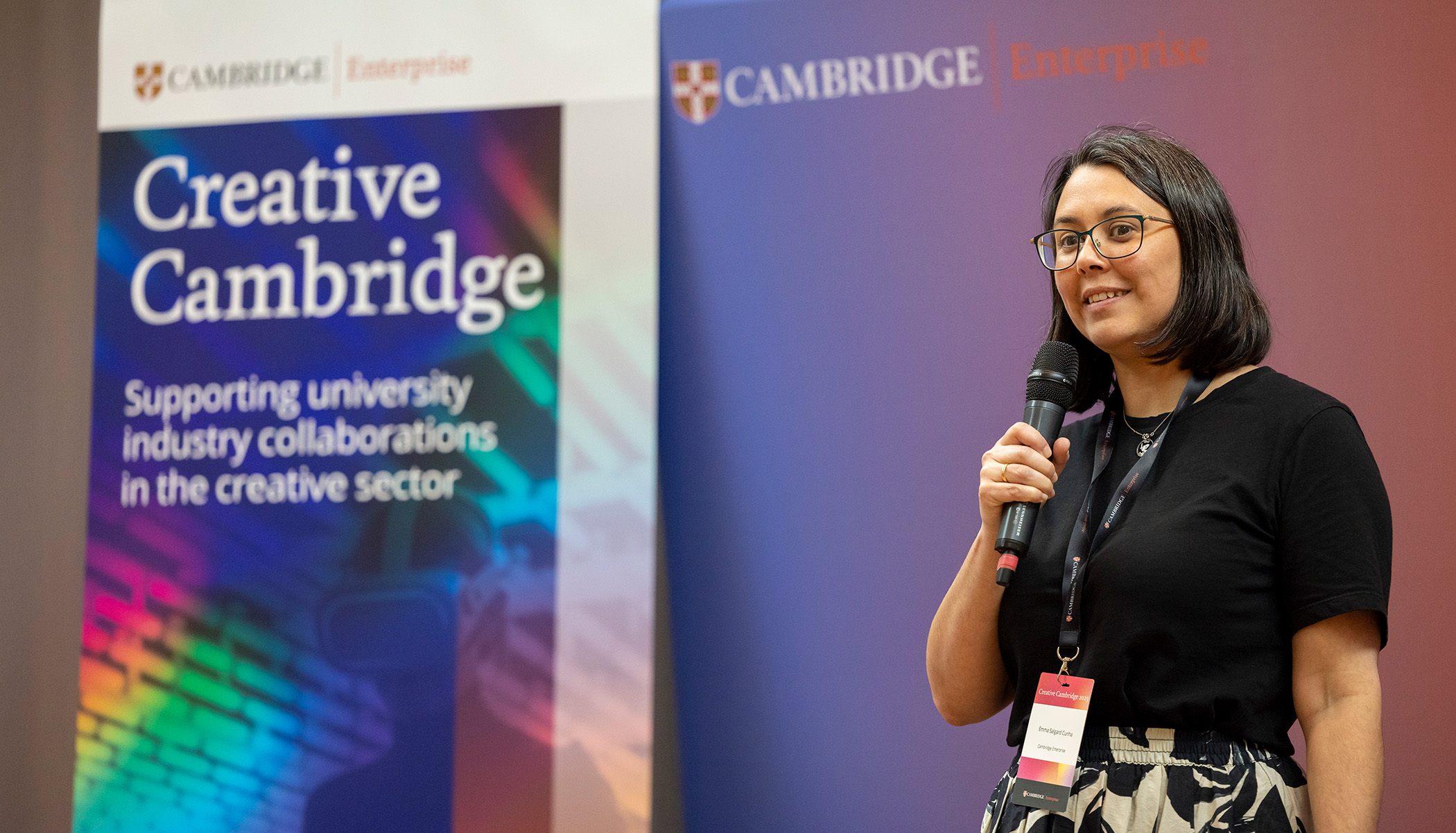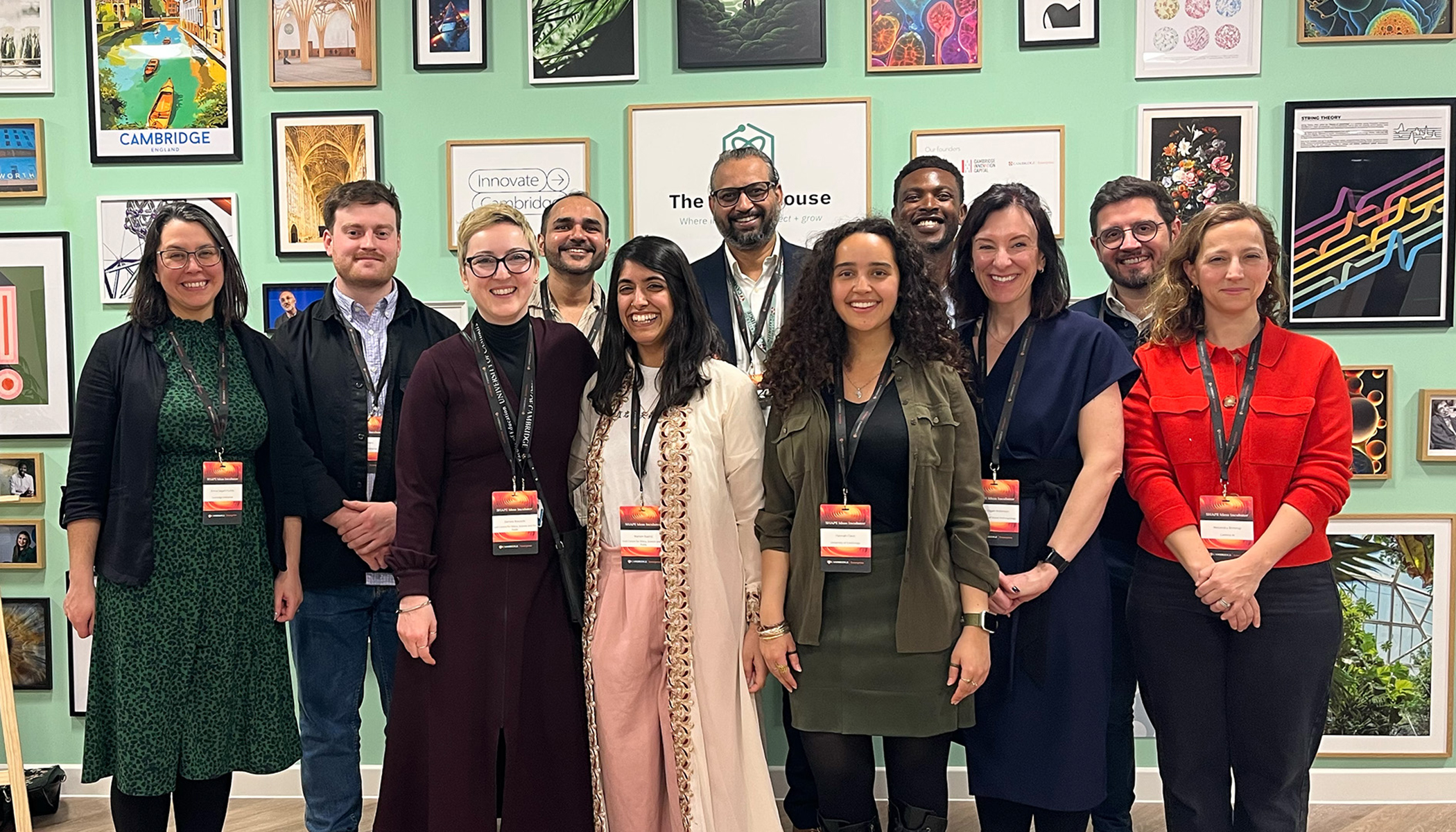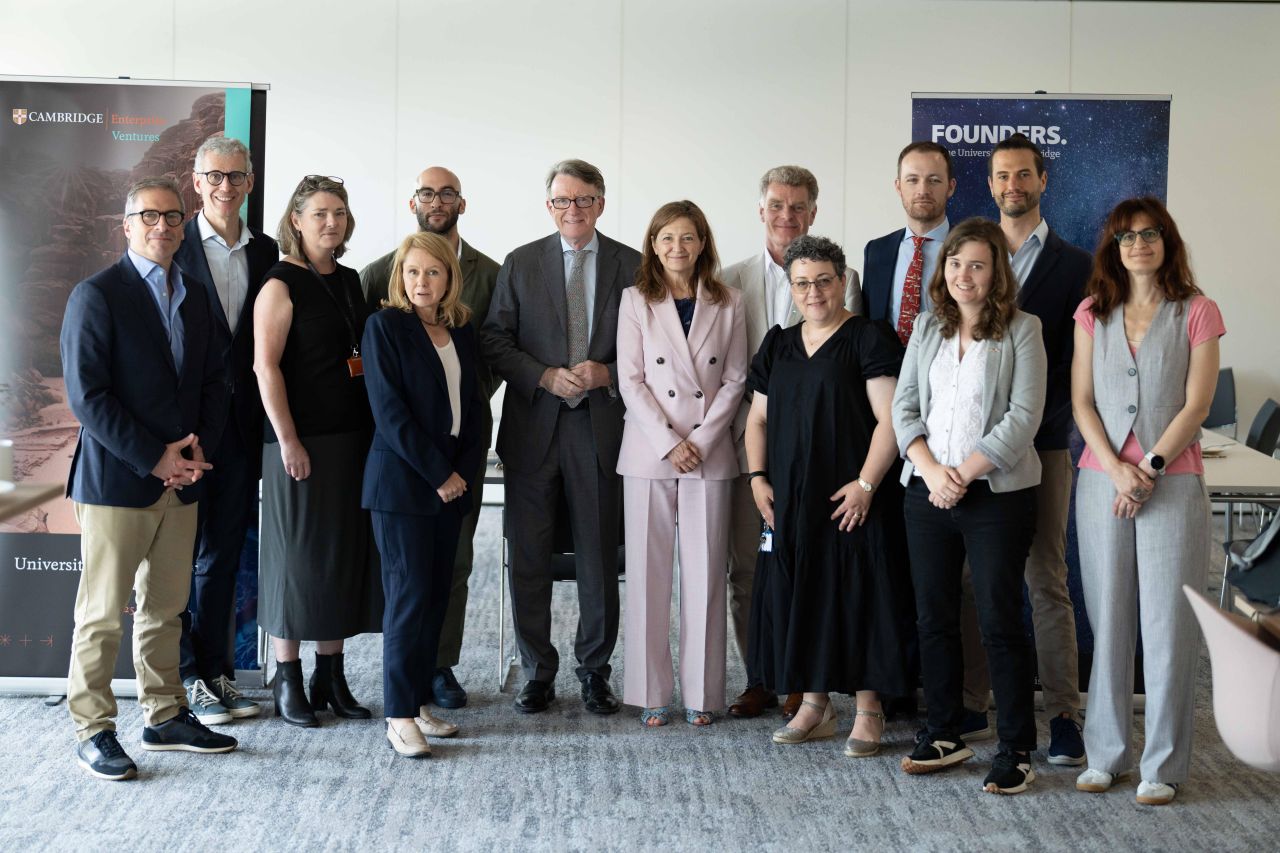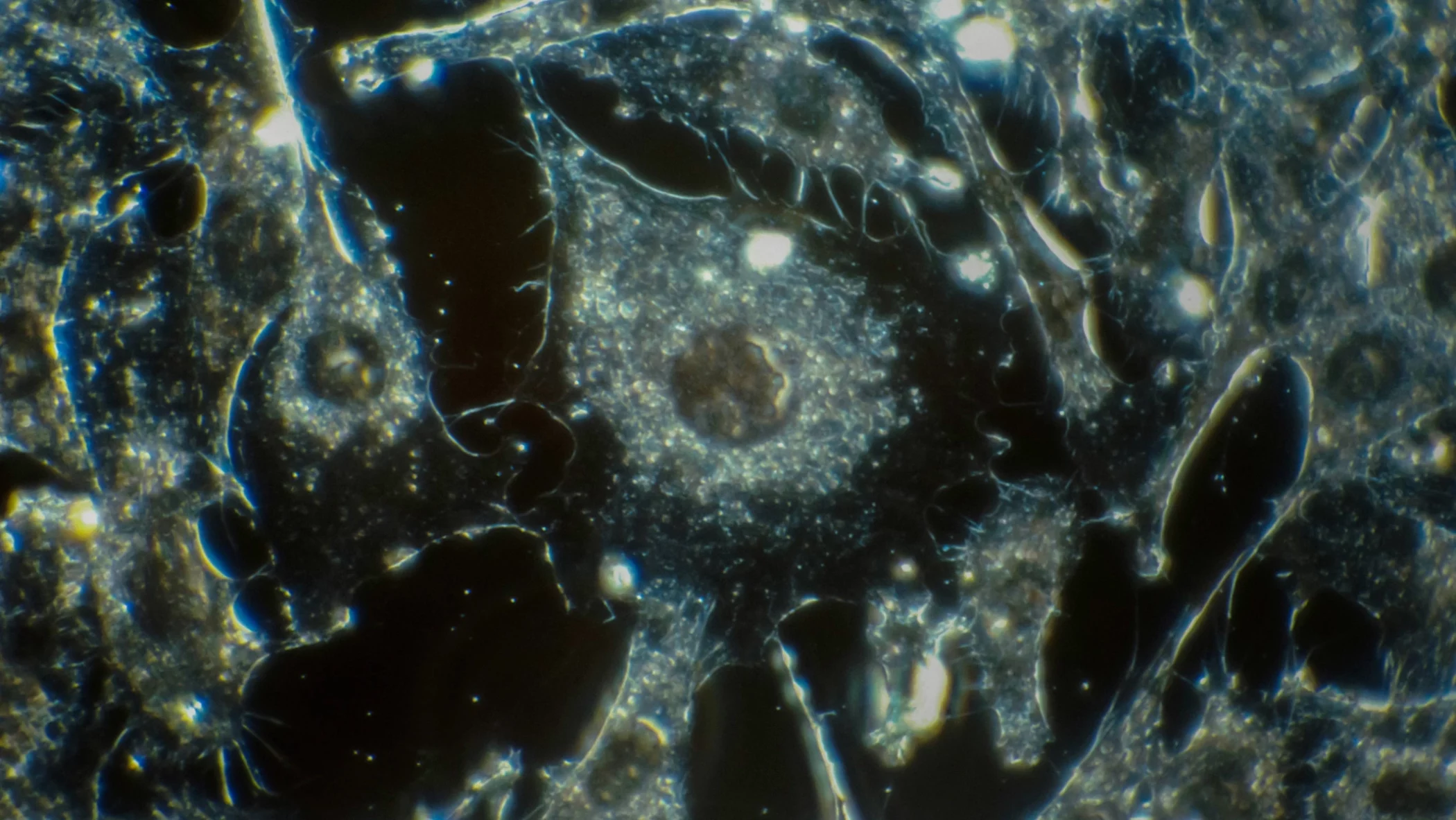A Cambridge mobile phone app that breathes animated life into the printed page has worked its magic on the programme for this year's Science Festival.
Download the free ‘pop the Popcode’ app, and point your phone at the front cover of the Science Festival programme. If you haven’t got a programme yet, you can try it on the Festival website.
The pictures of flaming chemical symbols start to flicker and dance, and each symbol spins in succession to reveal the name of the element. Tap a fiery symbol and you hear the voice of Cambridge chemistry outreach stalwart Dr Peter Wothers, whose exhilarating lectures are a sell-out at the Festival, introducing each featured element and its common uses, including those key to the make-up of the phone in your hand.
We see all sorts of potential applications for Popcode… essentially it could be used anywhere there is a physical object that can be connected to additional information.
Simon Taylor
The Popcode app, developed by Department of Engineering students Simon Taylor and Connell Gauld in conjunction with their supervisor Dr. Tom Drummond, uses the camera feature on a mobile phone to create a ‘mash-up’ of the real and virtual, enabling the user to see an extra digital layer that is anchored to the physical world through the ‘window’ of their phone. This is an example of AR, the latest emerging phone technology that can take a live view of the real world, and then add to or ‘augment’ it with computer-generated sound and visuals.
“We see all sorts of potential applications for Popcode,” says Simon Taylor, one of the student inventors, “essentially it could be used anywhere there is a physical object that can be connected to additional information.”
Its creators feel that one of the strengths of Popcode lies in its ‘markerless’ ability. Whereas some AR technologies require large printed black and white markers to link the digital to the physical, Popcode can add content to any image, provided it has enough texture. “We expect advertisers in particular will start to make use of the technology, but there are also plenty of great educational uses where books and posters can be made more interactive.”
The Science Festival has welcomed the Popcode team’s contribution to their promotional activities; ‘popcoded’ posters and programmes have now been sent out to schools and community centres across the region. “We are thrilled to be able to use Popcode’s awesome AR capabilities for this year’s Science Festival,” enthuses festival organiser Shelley Bolderson. “We are a fantastic forum for showcasing new technology being developed at the University, especially when it has the power to astound and educate simultaneously like Popcode, which is what the Science Festival is all about. We hope our audiences will be as impressed as we are with the work Simon and Connell have done to our programme cover.”
The University’s commercialisation group Cambridge Enterprise is providing support in licensing the technology to Korean-based AR company Zenitum, as well as to Extra Reality Limited, the company formed by its inventors. “We’d like to open up Popcode to third party developers in the near future,” continues Simon, “it’s already possible for people to put content together on their own computers and devices using our free developer kit, and soon we hope to allow people to associate their content with a piece of Popcode, so that users of the app are able to view it as easily as they can with the Science Festival programme cover.”











